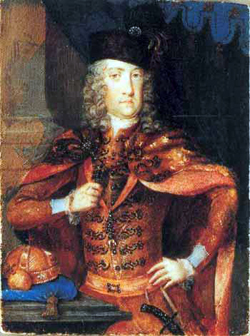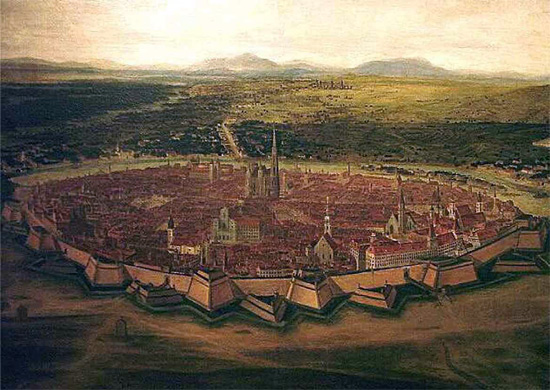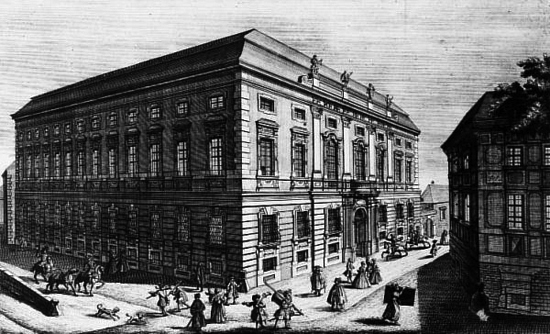Construction of the Building

The ceremonial laying of the foundation stone for the building on Ballhausplatz took place on 13 September 1717 at the instigation of the Emperor Charles VI (1685–1740), who was eager to set up a new institution that was to devote itself entirely to foreign policy matters. The monarch was following a trend which had spread throughout Europe in the early 18th century, namely, that making foreign policy an independent area of political administration with diplomatic affairs henceforth conducted in a highly professional manner.
The new institution was built by the architect Johann Lukas von Hildebrandt (1668–1745). Born in Genoa, he had already designed the Belvedere Palace in Vienna, the summer residence of Prince Eugene of Savoy, and was held in high regard both by the Emperor and his Court Chancellor, Philipp Ludwig Wenzel von Sinzendorf (1671–1742).

The site selected for the new building was directly adjacent to the Hofburg and had become vacant following the demolition of a dairy belonging to the Minorite Monastery. As early as 1719 – while the building was still under construction - the new institution was officially named the State Chancellery. The building was completed in about 1721.
